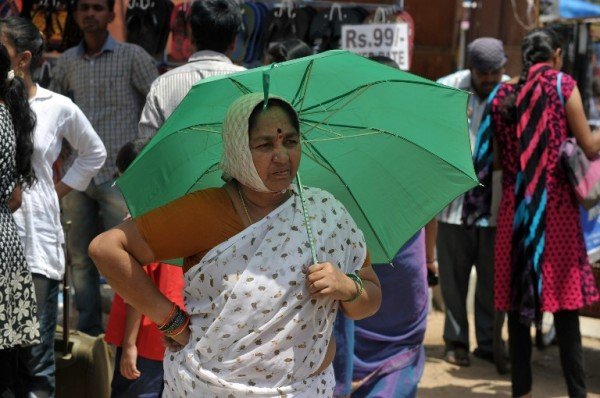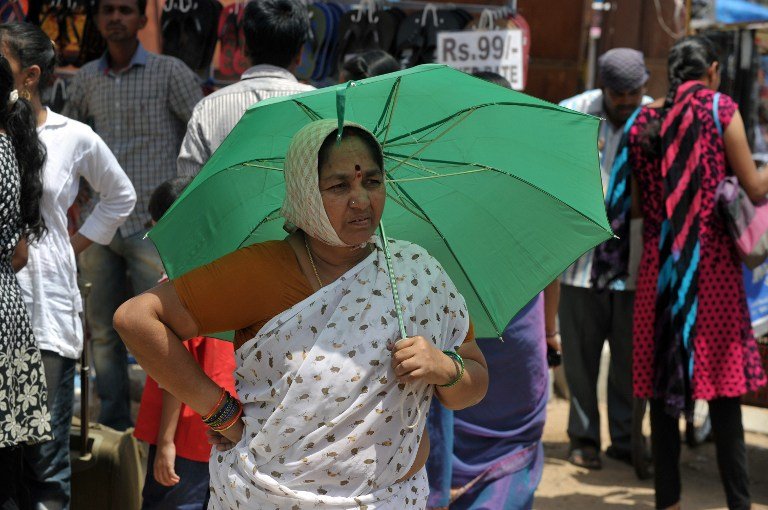According to India’s National Disaster Management Authority (NDMA), Heat Waves are defined as periods of abnormally high temperatures and usually occur between March and June.
May is India’s hottest month, with thermometers reaching a maximum of 104F (41C) in New Delhi.
The extreme temperatures and resultant atmospheric conditions adversely affect people living in these regions as they cause physiological stress, sometimes resulting in death.

The Indian Meteorological Department (IMD) has given the following criteria for Heat Waves :
- Heat Wave need not be considered till maximum temperature of a station reaches atleast 40C for Plains and at least 30C for Hilly regions
- When normal maximum temperature of a station is less than or equal to 40C Heat Wave Departure from normal is 5C to 6C Severe Heat Wave Departure from normal is 7C or more
- When normal maximum temperature of a station is more than 40C Heat Wave Departure from normal is 4C to 5C Severe Heat Wave Departure from normal is 6C or more
- When actual maximum temperature remains 45C or more irrespective of normal maximum temperature, heat waves should be declared. Higher daily peak temperatures and longer, more intense heat waves are becomingly increasingly frequent globally due to climate change. India too is feeling the impact of climate change in terms of increased instances of heat waves which are more intense in nature with each passing year, and have a devastating impact on human health thereby increasing the number of heat wave casualties.
Longer, more severe heat waves are becomingly increasingly frequent globally.
Intense heat can cause cramps, exhaustion and heat stroke.
Thousands of people died across India during heat waves in 2002 and 2003.
In 2010, nearly 300 people were killed by intense temperatures, according to media reports from the time.
In May 2015, the death toll in the heat wave sweeping India has passed 1,000, with temperatures nearing 122F (50C) in some areas.
